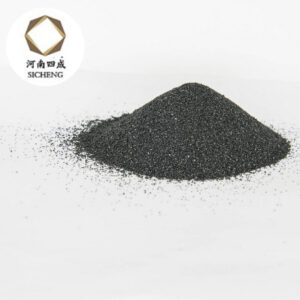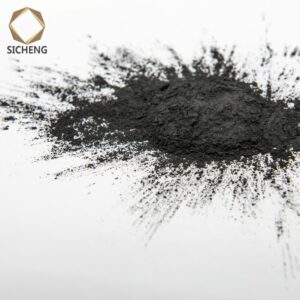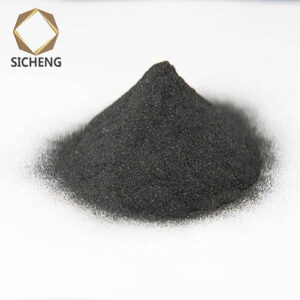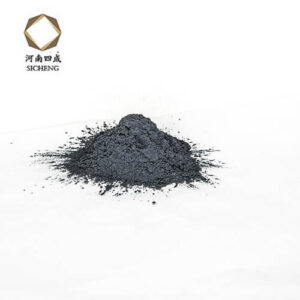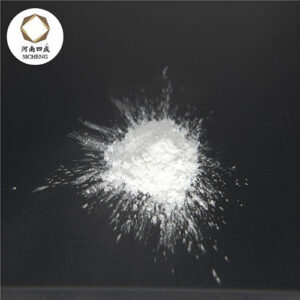Orb sand is an indispensable auxiliary material for casting. In the lost foam casting process, the fused ceramic sand (orb sand) used for casting is often selected in the range of 6-30 mesh.
With the widespread acceptance of the lost foam process in casting, the editor found that the sales of pearl sand products for casting in domestic and foreign orders began to show a trend of short supply, which prompted an upward trend in the price of products in this range.
Why is the lost foam process adopted by more and more foundry factories? Let me give you a basic understanding.
Advantages of lost foam process:
1) Unrestricted design freedom. Product design engineers can create parts that cannot be produced by other casting processes, and can design shapes without draft angles or even undercuts; the lost foam casting process is a globally recognized near-net shape process that can be integrated through integrated castings Design and lightweight design to reduce costs.
2) The wall thickness of the casting is uniform; by virtue of the advantages of foam bonding assembly in lost foam casting, it is possible to achieve weight reduction, direct casting of inserts, integrated casting of multiple components, etc. What’s more, castings with complex shapes unimaginable by other casting processes can be realized. For example, engineers can use designs with little or no draft to achieve more uniform wall thickness and better surface finish on castings.
3) Elimination of components/parts – combined, integrated designs; most casting processes require reusable molds or patterns that can be removed from the sand mold prior to pouring. This needs to be taken into account when designing the layout structure of the mold or template of the product. On the contrary, in the lost foam casting process, the foam model remains in the sand mold and does not need to be taken out, and it is directly gasified and disappears during the pouring process, which eliminates many restrictions on the structural design of the product.
4) The wear of the foam mold is very low. The foam beads do not wear down the mold, thus ensuring the exact dimensions of the pattern. The lost foam casting mold can use 400,000-750,000 mold times. In the lost foam cast iron factory, the lead time is usually 4 weeks, because the foam model can be stored for a long time, and the mold string is picked up when needed. Sand cores and sand molds do not need to be produced in advance for backup.
5) Near-net shape, no or a small amount of machining; in the lost foam casting process, there is no defect caused by the binder, long-term repeatability, no sand defect, no risk of wrong box, small casting size tolerance, Excellent casting surface improves the qualified rate of pressing parts, etc., all of which improve the quality of castings.
6) Parts with simple shapes are also suitable for this process;
7) The production of large castings does not require wooden molds;
8) Process control is simple; a typical lost foam casting production line is usually only about 30 meters long. This fairly compact and often highly automated process is well suited for high-volume production of a single product. Moreover, the process control is relatively simple. Some of the world’s largest lost foam casting factories have the ability to design and build their own lost foam casting system, which is quite simple but very efficient.
9) Reduce labor costs, reduce machining, no need for high investment, energy saving and environmental protection; although the cost of the lost foam casting process is higher than other processes, it will reduce the cost as a whole over time. For example, considering the savings in labor costs in casting and machining processes, as well as savings in mold costs and so on.
10) Adapt to a variety of materials, such as cast iron, cast steel, bronze and aluminum alloy.

